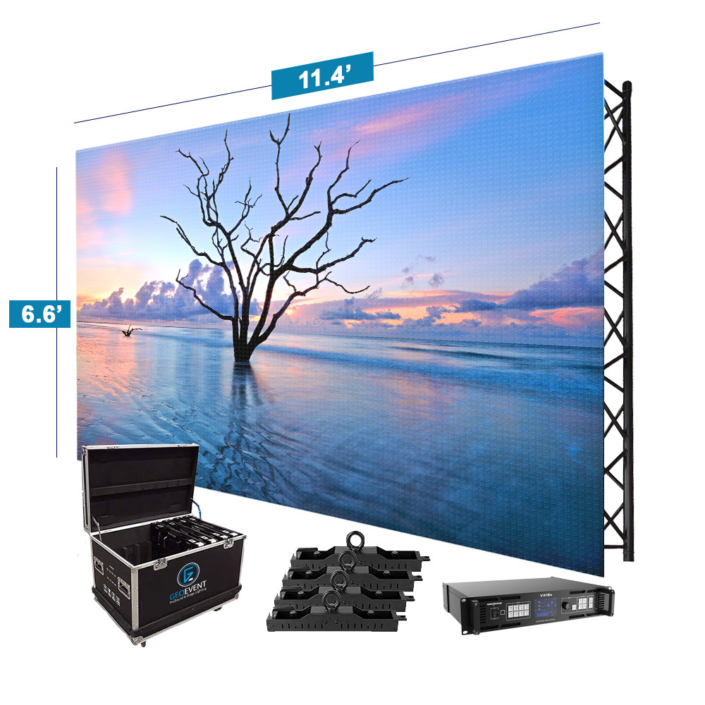Investigating The Way Definition Influences the Performance and Aesthetic Quality of Light Emitting Diode Walls in Contemporary Display Technology
Investigating The Way Definition Influences the Performance and Aesthetic Quality of Light Emitting Diode Walls in Contemporary Display Technology
Blog Article
Light Emitting Diode walls are growing increasingly popular in various settings, including musical events and sports events to corporate displays and art exhibits. One of the most crucial factors that influence the performance and visual clarity of these displays is resolution. Image resolution refers to the quantity of picture elements that make up the visual on the screen. Higher image clarity means more pixels, which can lead to sharper and clear visuals. Grasping how image clarity impacts LED screens can assist operators make informed decisions about their screen requirements.
When discussing resolution, it is crucial to take into account pixel pitch, which is the distance between the midpoint of one pixel to the center of the next pixel. A smaller pixel pitch results in a higher resolution, allowing for more detail in the images displayed. For example, an LED wall with a pixel pitch of 1.5mm will provide a clearer image than one with a pixel pitch of 3mm. This is particularly important in environments where viewers are close to the display, such as in a small venue or a exhibition show booth. In these situations, a higher resolution can greatly improve the observing experience.
Another aspect of resolution is its impact on color precision and luminosity. LED walls with higher image clarity often have superior hue reproduction, meaning that the colors displayed are more vibrant and true to life. This is crucial for uses like advertising, where the goal is to capture interest and convey a concept efficiently. Additionally, greater image clarity screens can maintain brightness levels even when viewed from different perspectives. This is crucial in big locations where audiences may high resolution led wall rental be seated at various distances and positions from the display.
The performance of LED walls is also affected by image clarity in terms of update rates and response times. A higher resolution display can handle quicker update frequencies, which is essential for dynamic content such as videos and motion graphics. This means that the visuals on the screen will look more fluid and increasingly seamless, improving the total observing quality. In comparison, reduced image clarity screens may struggle with fast-moving content, leading to fuzziness or delay. Therefore, for occasions that depend on dynamic images, selecting a screen with a appropriate image clarity is vital.
In conclusion, resolution plays a vital role in defining the functionality and image clarity of LED walls. Elements such as picture spacing, hue precision, luminosity, update frequencies, and reaction durations all contribute to how effectively a display can convey information and engage audiences. As technology continues to advance, understanding these elements will assist operators choose the appropriate LED screen for their specific needs, ensuring that they achieve the optimal possible outcomes in their displays and occasions.